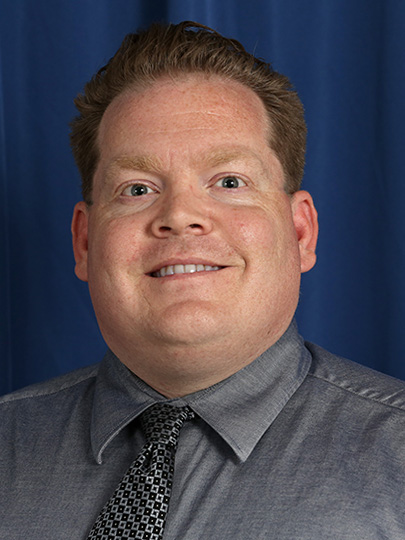How Does the Indian Health Service Use Social Media Platforms to Reach Its Diverse Communities?
Topics

One of HIV.gov’s key focuses is on how social media can be used to communicate with populations most affected by HIV. In the coming months we’ll be exploring how agencies that serve racial and ethnic minorities, including African-Americans, Hispanics, Native Americans and Asian and Pacific Islanders, leverage these new communication technologies and platforms to communicate vital information about HIV to these communities.
In advance of National Native HIV/AIDS Awareness Day (next week Tuesday, March 20, 2018), we spoke with Josh Barnett, Public Affairs Specialist at the Indian Health Service (IHS) and a member of the Citizen Potawatomi Nation, about how IHS uses social media platforms like FacebookExit Disclaimer or TwitterExit Disclaimer:
HIV.gov: What role does social media play in your communication strategy?
Josh Barnett (JB): Social media is a big part of reaching the patients we serve, as well as other stakeholders who also serve the American Indian and Alaska Native population. IHS serves a diverse population of American Indians and Alaska Natives in rural and urban communities across the country. Social media allows us to connect with individuals quickly wherever they may be.
HIV.gov: What new social and digital media trends are you most excited about?
JB: We’re excited about live video which will allow us to reach more users. We’re planning our first FacebookExit Disclaimer Live broadcast for Thursday, March 15, during a Native American cultural education day here at IHS headquarters as part of events around National Native HIV AIDS Awareness DayExit Disclaimer. National Native HIV/AIDS Awareness Day is March 20. It’s a nationwide effort designed to promote HIV testing in Native communities through educational materials and use of marketing strategies.
We’ve been working to incorporate more video into our social media efforts. Being able to share video in real time is an exciting way to engage our audience.
HIV.gov: The IHS blog regularly features inspiring stories and employee and patient experiences. What tips do you have for other organizations interested in using storytelling for outreach and engagement?
JB: Our most popular content is personal stories about individuals and their experiences with IHS. Putting a name and a face on the story, whether it’s a patient or an employee, helps people relate which makes them care about the message we want to share. They might not know the person featured in our blog, but they probably know someone with similar experiences. This not only get them interested and helps them understand our message, our programs and our policies, it also encourages them to share our posts on social media to expand our audience.
HIV.gov: What outreach tactics have been most successful in reaching American Indians and Alaska Natives?
JB: Some of our patients live in rural communities and may not have access to high-speed internet or cable TV. A lot of people in Indian Country listen to local radio stations, either operated by their tribe or serving their reservation. We provide short statements to these stations that they can read on the air. In some of our communities we also use flyers that are hung up in bulletin boards at community centers. For our urban populations, social media has been an effective way to reach them in one place. This population may not be located in one specific area. Previously, we relied on local media to reach this population.
Another thing that we see with social media is content sharing among families and friends, which also helps extend the reach of our work. Even in rural communities, many people have smart phones. People will see our content on FacebookExit Disclaimer and share it with their parents, aunts, uncles, cousins, etc. We especially see this a lot with employment and educational opportunities. People will tag their relatives to let them know a scholarship deadline is approaching or a job is advertised at their local IHS facility.
HIV.gov: What metrics do you regularly track?
JB: The main thing we focus on is reach. We want to make sure people are seeing the content we create. Engagement, such as likes, comments and shares, is important, but mostly because increased engagement increases reach – both directly through the content being shared, and indirectly by prompting the newsfeed algorithm to show the content to more followers.
We also look at which blog posts are being viewed on IHS.gov; this helps us as we plan new content to see what people are finding interesting.
For resources to assist you in acknowledging National Native HIV AIDS Awareness Day (NNHAAD), check out HIV.gov’s NNHAAD page.
For more on how to use social media to communicate about Awareness Days, how to design content for mobile, how to track your social media success, check out our other blogs on HIV.gov or sign up for Virtual Office Hours, our free, personalized, social media technical assistance program.
You can also sign up for regular emails on digital tools or other HIV.gov topics by clicking below.